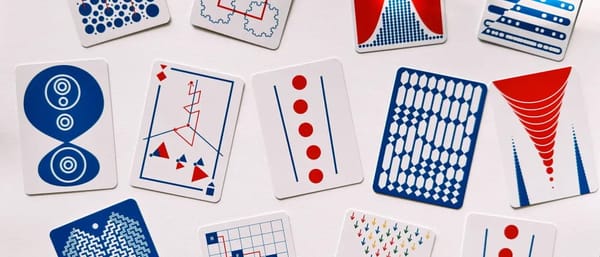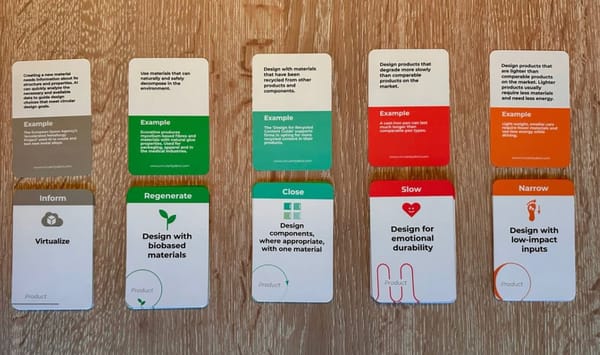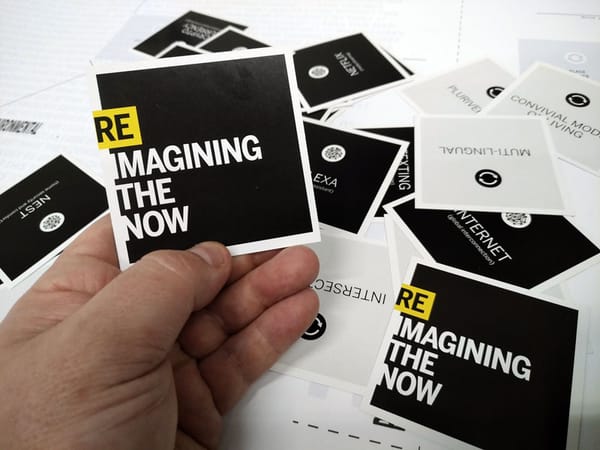№ 82 | Pebble Talk, The Mood Meter, 3 Styles of Play, A Convection Simulation, an Electoral College Simulation, and What If America Had 6 Political Parties?
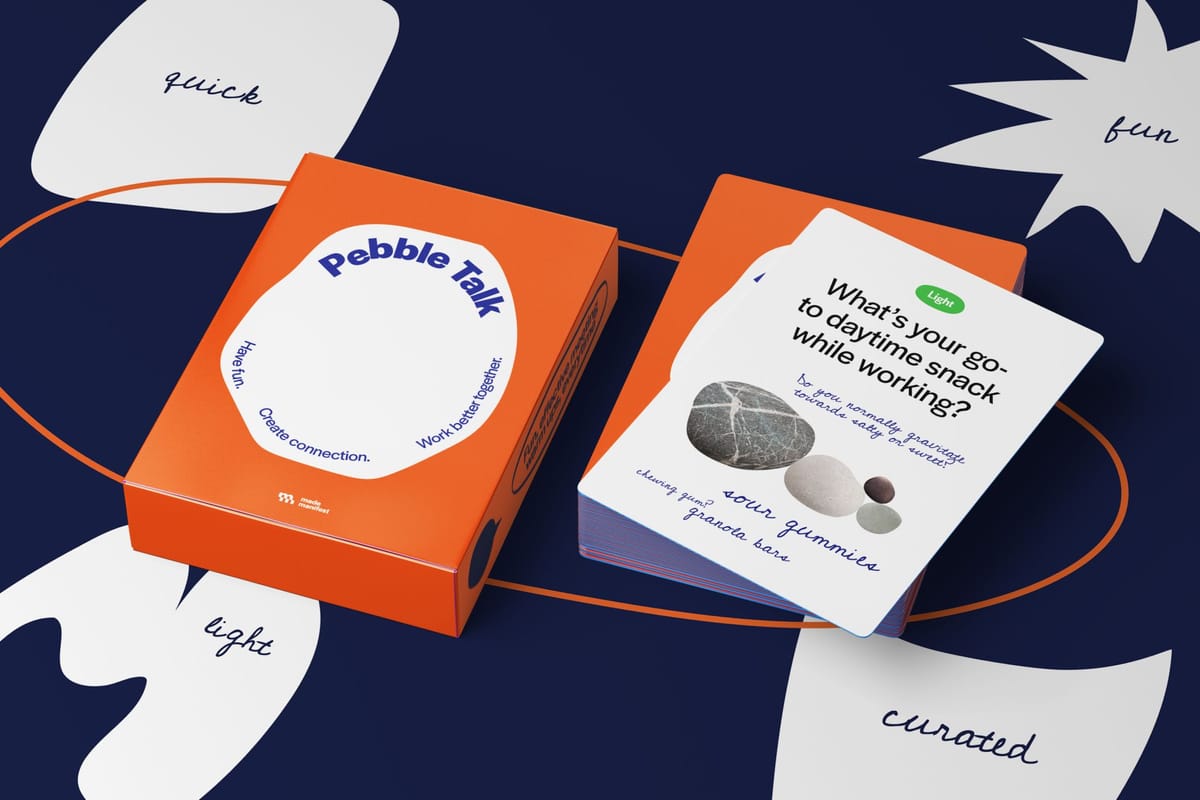
Throughout November, I’m hosting another Creative Challenge: Create A Real Life Character Sheet. About 15 people have signed up so far, and there’s space for a few more folks—you should join us!
Pebble Talk
Here’s a way to avoid awkward small talk at the start of a Zoom call: Pebble Cards!
From the creator Linn Vizard’s announcement on LinkedIn:
Pebble Talk was born of our desire to build better connections with our clients and colleagues and to crush painful small talk at the start of calls. It’s a collection of our tried and tested warm up questions for meetings, ice breakers, and workshops...
...but with actually good, curated, vetted questions you would feel comfortable asking anyone, even in a work setting, even when you don't have a lot in common.

Speaking of check-in activities…
The Mood Meter
How are you feeling right now? To help answer this question, try using this Mood Meter. The energy and pleasantness dimensions kind of work for me! Aside from a personal check-in, I could see this being used for a virtual team check-in, where everyone maps their avatar/sticky note onto this mood meter.

3 Styles of Play
I’ve got this concept I’m working on, to answer the question: What kinds of learning experiences are supported by various game genres? Specifically, I’ve been looking at gamebooks, strategy board games, and role-playing games.

Coincidentally, I came across this brilliant discussion of three “styles of play” which orbits very similar territory. It’s an easy read, that makes great distinctions made between role-playing games, goal oriented play, and narrative play, summarized in this straightforward framework:
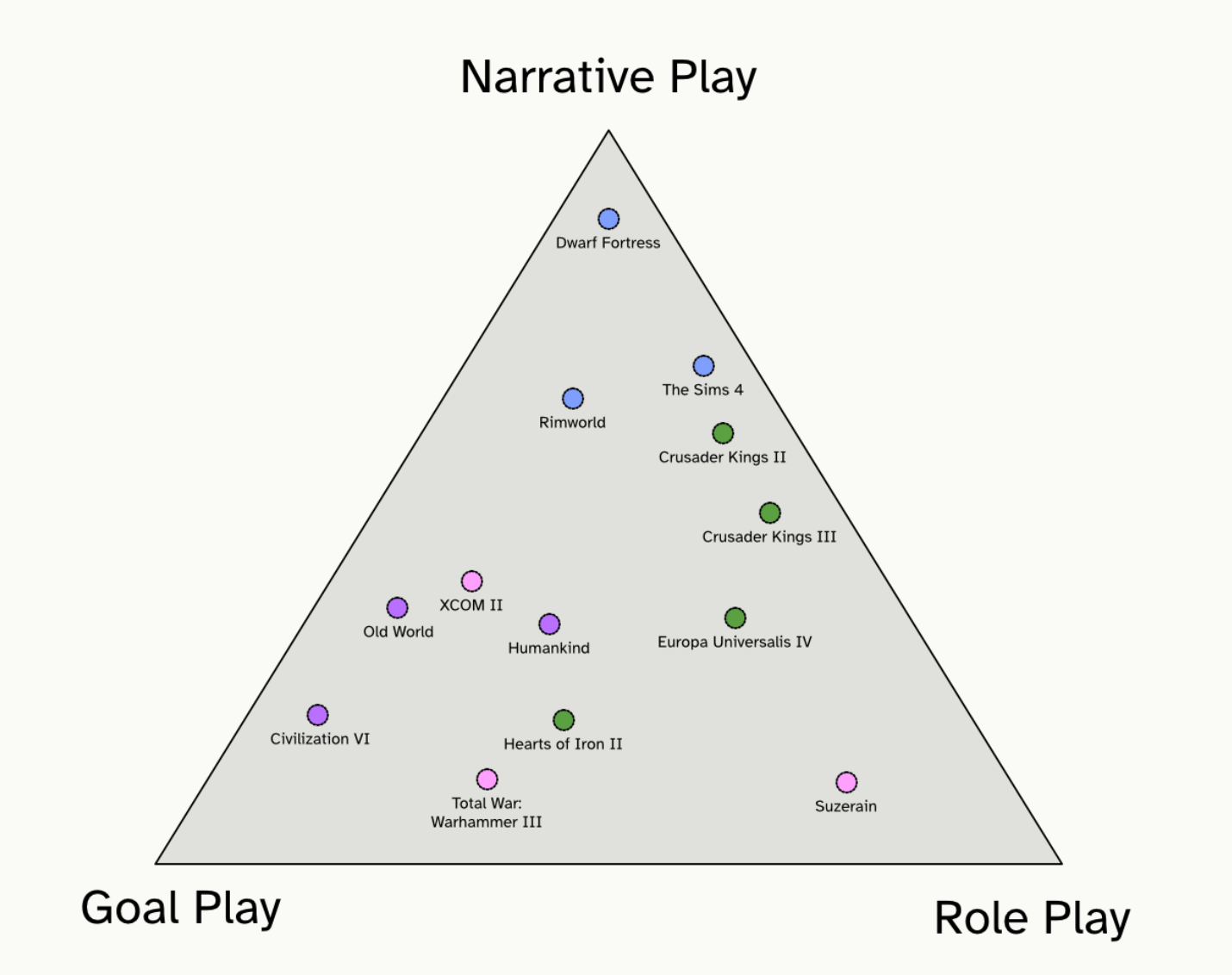
I especially enjoyed this part near the end:
It is a bad idea to try to cater to all three styles of play equally - that way lies madness and a mediocre game - but thinking in terms of the experiences our players are seeking and what drives them through the game can help us to find the interesting areas to explore by adapting ideas and mechanics from other genres, while staying true to the essential experience of the game we are making.
Oh, and it’s another triangle visualization, FTW. 😍
Convection: The Stack Effect
Ok, here’s a wonderfully playful thing to think with: A simulation that models how heat might flow around your house via convection.
Where does the house lose energy? The two rooms have a heater on the floor and “leaks” near the top. Run the model and look for leaking energy. Click on the wall and roof elements to change the sizes and locations of the leaks. Compare leaks higher up with leaks lower down, or leaks in both locations.

Nearly everything in this model is moveable, and doing so allows you to see the results, some of which are quite curious!
H/T Andy Hall
Speaking of simulations…
[Note: The next two links are both political—sorry! And they are both from the New York Times, and may require an account to view (or, you can try opening the links in private/incognito mode. 😉)]
“How to Win the Electoral College”
It’s a big week [ahem], here in the States. If you’re watching the US presidential election results as they roll in, this interactive visualization—“How to Win the Electoral College”—should help make sense of possibilities, probabilities, and the critical importance of a handful of swing states. It’s a playful way to simulate (checks notes) 123 (?) different possible outcomes.
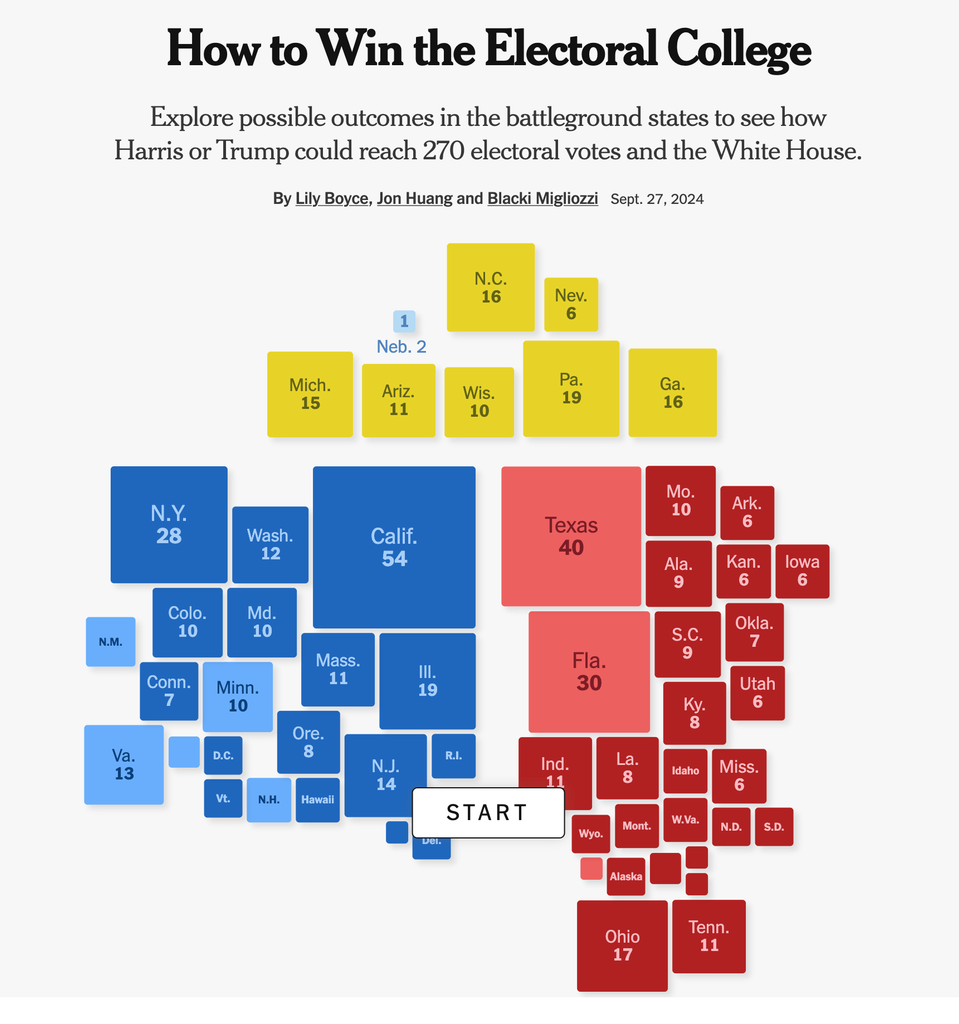
Bonus: Here’s a simple (static) visualization of the same information:
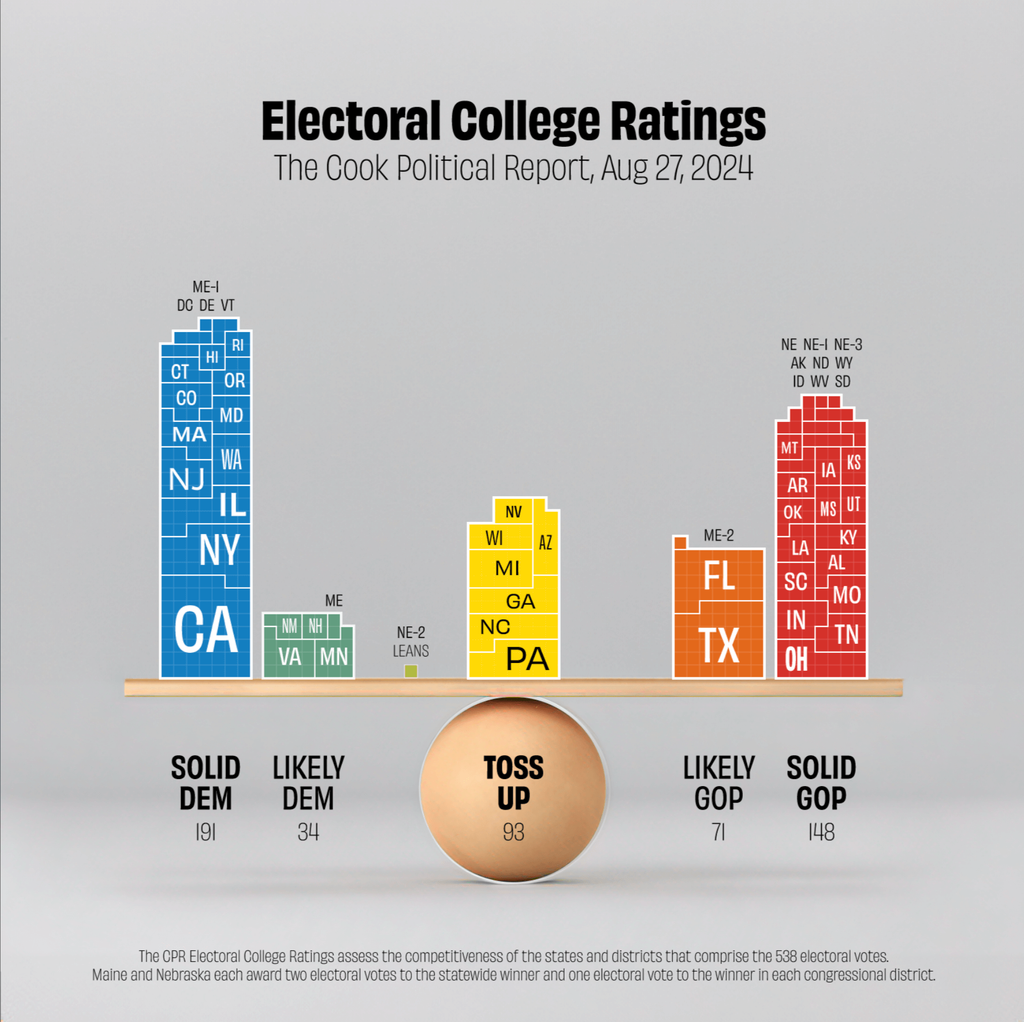
Speaking of political parties…
20 Questions. 6 Parties.
I often lament how extremely polarized political identities combined with misinformation get in the way of real conversations. And the human connection that comes from authentic conversations. While taking this interactive quiz—
“If America Had Six Parties, Which Would You Belong To?”—was fun as a solo activity (“Hmm… Where will I land?!”), I couldn’t help but imagine making an apolitical, party-less conversation game out of these pressing questions. Removing party affiliation feels like removing a huge barrier to some much needed dialogue around critical issues. Instead of reducing another person to their political party, what if we could have reasoned conversations on an array of urgent topics, and hold space to discuss the experiences that have shaped our respective perspectives…
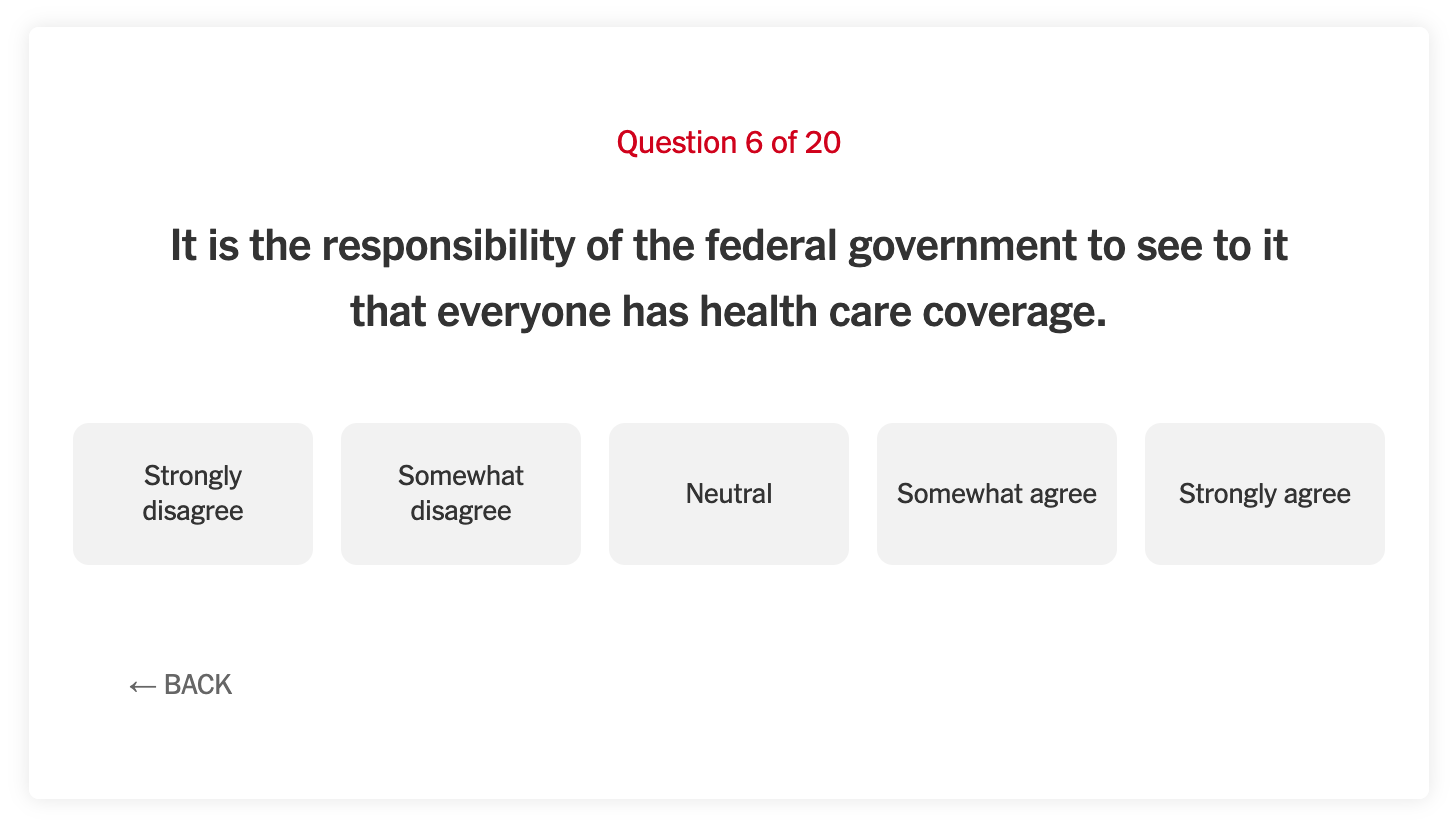
Oh, and here’s a paper that suggests what we’ve all felt: “There is growing evidence that political polarization poses a substantial risk to individual and collective well-being.” 😳
Random!
Let’s end on something, fun, shall we? It looks like web-slinging technology inspired by Spider-Man is now a reality thanks to innovative work by researchers at Tufts University!



